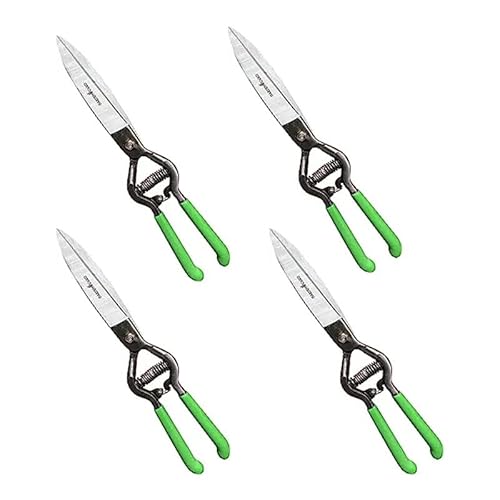

A strong green lawn not only looks much more beautiful, it is also healthier at the same time. But how do you properly care for your lawn and especially your soil? Learn how to get a perfect lawn that your neighbors will be jealous of in no time with our five expert tips.
The right soil
Green grass starts with healthy soil. To be able to measure the current values, there are various soil test kits available in stores. Depending on the scope, this can be used to determine the pH value, nitrogen, phosphorus and potash content in the soil. If you like it more modern, you can go directly to a digital pH-value measuring device, which also measures the light intensity, soil temperature and soil moisture, among other things.
Once the current values have been determined, the soil can be enriched with the required nutrients. The healthier the soil, the easier it will be to grow green grass in your garden.
Do not use chemical fertilizers
Chemical lawn fertilizers kill the natural organisms in healthy soil that feed your lawn the nutrients it needs. The more chemicals you use, and the more organisms that die as a result, the more chemical additives you’ll have to reintroduce to your lawn afterwards to keep it green and healthy. This leads to an endless cycle of “chemical dependency.”
By testing your soil, you can find out what nutrients your lawn actually needs, which can reduce the use of chemicals. Whenever possible, always use organic fertilizers. Especially if children play on the lawn or you have animals running in the yard.
Scarify regularly
Old, dry grass clippings, moss as well as weeds cover the surface of the soil, leaving it inadequately supplied with water and vital nutrients. Help your lawn “breathe” by regularly removing this layer of thatch and moss by dethatching. For smaller areas, a manual scarifier is usually sufficient, but for larger areas, a motorized scarifier will make your job much easier.
Water the lawn sufficiently
A lawn needs about 20 liters of water per square meter every week during the summer. Use a rain gauge to estimate how much precipitation your lawn receives each week. If the value is below the recommended 0.02 m³, you should support the lawn with sprinklers or an irrigation system.
The optimal time for this is watering in the morning hours, so that the water does not evaporate on hot days before it could be absorbed by the lawn. Avoid overwatering here, as this is not only a waste of water and money, but will not add any value to your lawn.
For more information, see our guide to proper lawn watering.
Do not cut the lawn too short
Lawns that are too short suffer from the scorching heat of the sun on hot summer days and “burn” more easily. Instead, when mowing, set the blade a little higher and prefer to mow once more often. This keeps the sensitive grass roots cool and protected from light.








